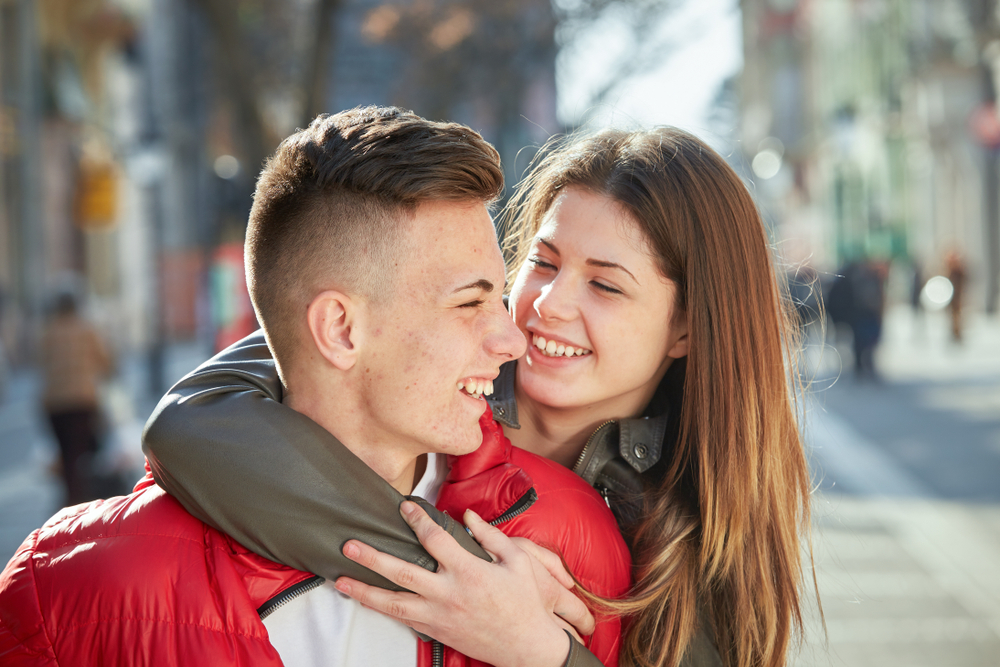Kids Self-Defense: The Best Strategy for Dealing with Bullies
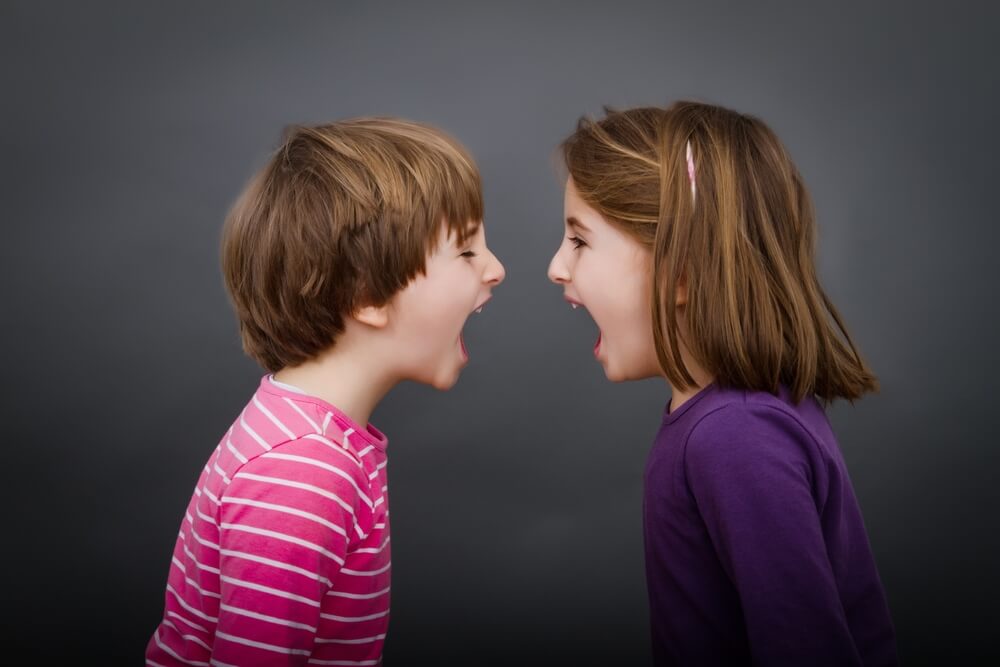
Why do kids need to learn how to deal with bullies?
When your child starts school, they face the fact that their interests may not coincide with those of other children, which gives rise to conflicts (some of which can turn serious if not resolved).
Bullies certainly don’t make life easy, but as parents, giving your kids the best strategies for dealing with conflict is crucial.
This article offers tips and advice on how you can teach your kids self-defense and the best strategy for dealing with bullies. Keep reading to learn how to teach your child to stand up for themselves and to intervene when your child needs help.
Contents:
- At What Age Can Kids Defend Themselves?
- Conflicts Between Children
- Does the Child Need To Be Taught to Fight? Arguments For and Against It
- How Do I Teach My Child to Defend Themselves?
- What To Do If the Child Cannot Defend Themselves in an Argument?
- How Should Parents Behave in the Event of Conflicts Between Children?
- Tips of Psychologists For Parents and Children
At What Age Can Kids Defend Themselves?
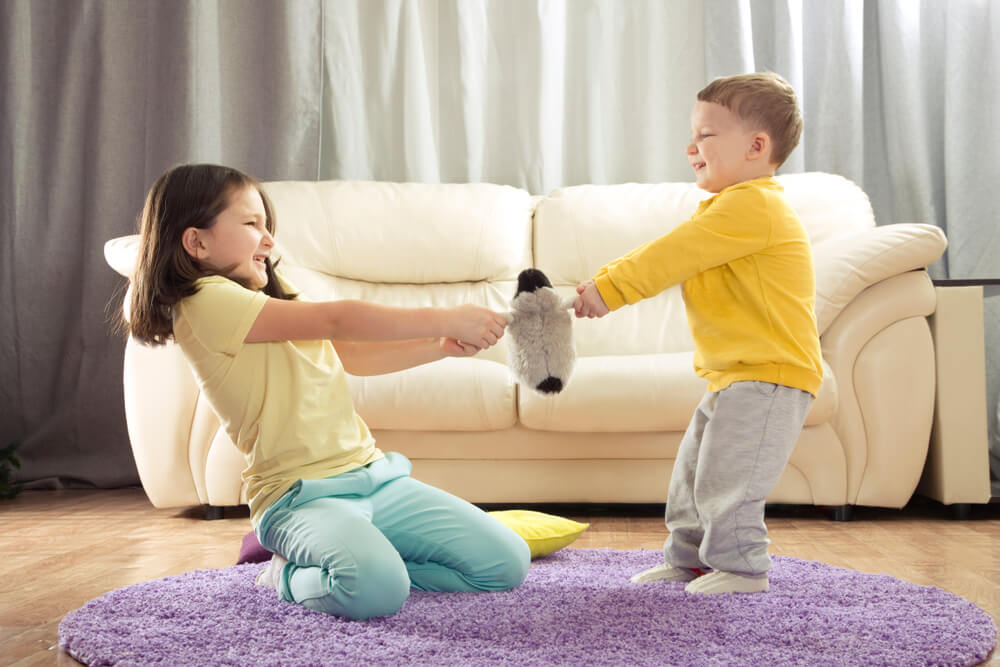
Prostock-studio/Shutterstock.com
In general, kids self-defense instructors believe kids can learn how to defend themselves as soon as they’re old enough to understand the lesson, which means ages 3 to 4.
However, parents need to realize that at this age, kids might not have the physical skills or strength to defeat an attacker.
Despite this, it’s never too early to start teaching kids self-defense from bullying behavior.
A 3-year-old can understand to focus on striking sensitive areas should they need to defend themselves. This is more age-appropriate training for a younger child.
Conflicts Between Children
Children can face disagreements with their peers at any age.
Babies and Preschoolers

Prostock-studio/Shutterstock.com
From ages 2-3 years old, conflicts between babies can arise due to:
- Awkwardness when one child accidentally pushes another
- Desire to have another child’s toy, or use their computer (for example)
- “Territory wars” (a child wants to play alone in their space)
The most common reasons for quarrels at the age of 4-6 years old are the following:
- Jealousy of the attention of an adult (read more about jealousy)
- Resentment against a peer for not sharing
At this age, preschoolers often provoke conflicts by attacking and using physical force.
Elementary School Students

Prostock-studio/Shutterstock.com
In the elementary school age, the reasons for disagreement between children remain the same as in kindergarten. What is added is the thrive for good grades and teacher’s trust, as well as displeasure for those children who are somehow different from others, for example, those who wear glasses or have problems with being overweight.
Children start to come up with offensive nicknames and tease the outlier.
Teenagers
The desire to humiliate others to highlight their own importance is heightened in adolescence.
Many are faced with bullying which can occur both in real life and on the Internet (this phenomenon is called cyberbullying).
In addition to bullying, disagreements between teenagers can be caused by the following:
- Competition for the attention of a boy or girl that a child likes
- Trying to win the trust of a teacher or coach
- The desire to have a certain status
Does the Child Need To Be Taught to Fight? Arguments For and Against It

Prostock-studio/Shutterstock.com
So, is it worth teaching a child to defend themselves with their fists?
Here are the arguments “for” and “against” this matter.
For:
- A child who learns self-defense can defend themselves in any situation.
- A child will feel confident in their own abilities.
- Self-defense as a sport has a positive effect on health, endurance, and discipline.
Against:
- The child might consider self-defense as the only way to resolve conflict.
- The child can inflict severe physical damage on someone, and their parents will be held accountable.
- A child doesn’t take the physical capabilities of their opponent into account. As a result, your child may be injured.
Either way, it’s crucial for parents to teach their child this simple rule: if you are hit, you need to protect yourself, but you should never start a fight.
What Self-Defense Tools Can Minors Carry?
Most kid’s self-defense tools on the market like pepper spray or a Taser aren’t legal to carry—even for adults. However, many everyday items make a great option for kids’ self-defense tools when confronted by a violent bully. Examples include:
- Coins
- Food
- Flashlight
- Keys
- Watch
- Baseball bat
- Soda can
Household items also make great self-defense tools, including:
- Bottles
- Brooms
- Golf clubs
It’s crucial for your child to understand that kids’ self-defense tools should only be used in an emergency situation. Some schools have strict policies and ban certain tools, so be sure to pay attention to these rules.
Warning! Foreign objects can only be used for protection against aggressive opponents, not in verbal school conflicts or at the child’s own initiative!
as a great alternative, your child can have Pingo Track watches with a SOS Button. Thanks to the convenient placement of both the watch and the SOS button, your child can send a distress signal to you, which you will instantly receive in the Findmykids app, along with the exact location of your child and the recorded sound from around them! After purchasing, make sure to show your child how to use the SOS button and rehearse the scenario a couple of times.
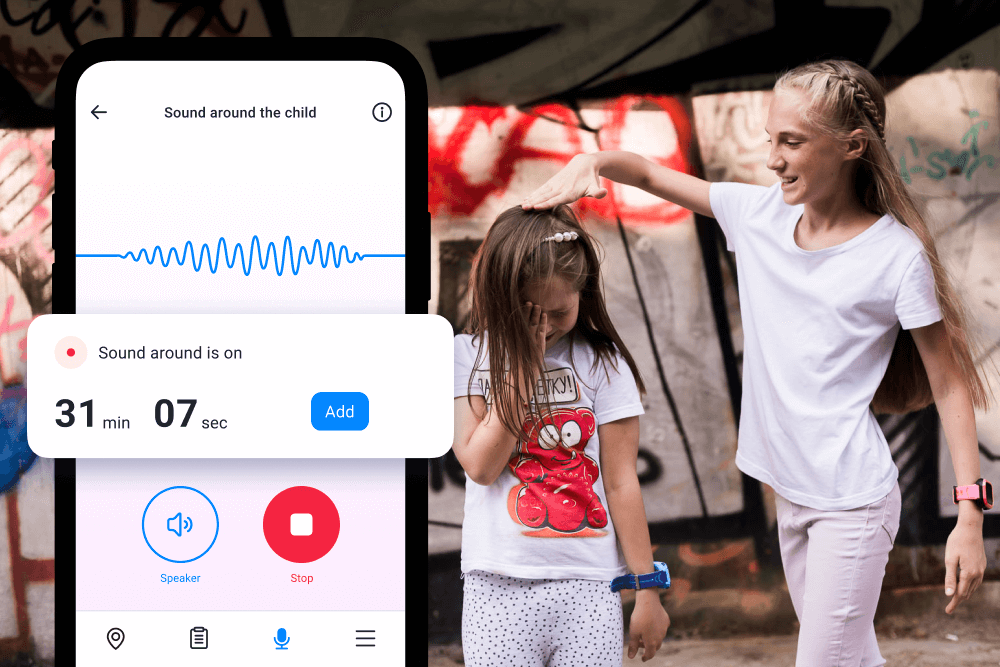
Findmykids app
Should Children Be Taught Self-Defense in Schools?
Most people believe that schools should teach kids self-defense and self-defense techniques to protect them from the ‘bad guys.’
The effectiveness of teaching kids self-defense in school does more than just keep them safe. Kids’ self-defense is proven to improve focus, enhance self-confidence, and create a sense of strength within children.
With a little practice, children as young as 3 can learn kids self-defense and begin to develop a strong voice against class bullies.
The best part? When a child feels confident in their ability to handle a bully, they’re more willing to stand up for themself and others. This type of behavior is a crucial skill that children will need throughout adulthood.
How Do I Teach My Child to Defend Themselves?

Prostock-studio/Shutterstock.com
As we’ve already stated, any conflict between children must be resolved. However, what are the best ways to do this? Is it worth reacting to the offenders or is it better to resolve issues through talking?
Let’s discuss this aspect in further detail.
What Is Better: To Stand Up For Yourself or To Fight Back?
Let’s review the definitions of “standing up for yourself” and “fighting back.”
Protecting yourself means setting a barrier to resist bullies. Parents must prepare their children for potential conflicts and explain how to behave.
For example, if a bully calls a child greedy, that child could stand up for themselves with words. However, if a bully shoves a child against a wall, fighting back is acceptable.
Best Kids Self-Defense Strategy

Prostock-studio/Shutterstock.com
Children need to learn how to resolve conflict situations. While parents can help their children, they will eventually need to solve conflicts on their own.
Here are several ways children can resolve conflict.
1. Shifting away from the conflict
The child ignores the bully. They refuse to talk to them and don’t seek retaliation or want to fight back.
2. Compromise
The child will seek to come to an agreement with the bully without fighting. This kid’s self-defense strategy sometimes uses flattery or deception to end the conflict.
3. Cooperation
This kid’s self-defense strategy requires strong communication skills. The child will seek to cooperate with the bully using constructive conflict resolution methods.
4. Rivalry
If a child chooses this strategy, it means that they will defend their interests until the end and by all means available to them, even through using physical force.
5. To even the conflict out
The child sacrifices their own interests in favor of the opponent by, for example, giving away their toy or sweet.
The main task of the parents is to inform the child about all the methods of stepping out of the conflict situation and discuss it with them in detail.
The choice of a specific strategy of behavior will depend on the situation itself and on the child’s ability to assess the threat.
7 Ways to Teach the Child to Resist Aggressors
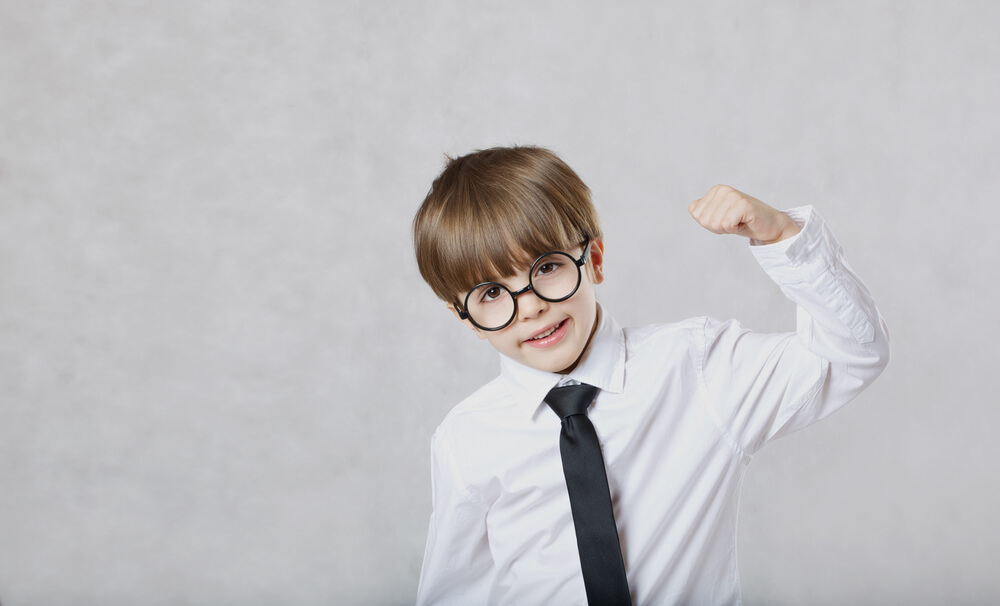
Prostock-studio/Shutterstock.com
Your child has several options to fight back (without using fists), including:
1. Ignoring the bully, not paying attention to teasing and name-calling
Ignoring a bully is challenging, especially when emotions are high!
The bully, however, is waiting for a reaction so they can assert themselves at your child’s expense.
2. Explain to the aggressors that they are not right in a calm tone
Aggressors don’t expect a strong response from those they bully. A confident and calm conversation is enough to put the aggressors in their place.
3. Don’t react when being provoked
Explain to your child that they have the right to refuse to do something they don’t want to do or dislike.
4. Be ready to answer questions
Come up with responses to universal bullying questions and teasing. Better yet, help your child come up with their own!
This psychological technique discourages aggressors and takes away their arrogance.
5. Unusual behavior
The bully will be very surprised if you act contrary to their expectations. Tailor the response to the situation.
For example, if you smile and ask: “Why do you want to offend me?” Or: “Do you remember how you and I …?”
The main thing is to maintain a sense of control. Don’t react to ridicule and name-calling.
6. Using self-defense techniques
If the bully becomes physical, it’s a good idea to teach your child to protect themselves. Take them to a self-defense class like sambo, judo, or martial arts.
7. Seeking the assistance of adults
When needed, your child should seek the assistance of adults. If the bully threatens them or uses violence, the best step is to seek help from an adult.
What To Do If the Child Cannot Defend Themselves in an Argument?
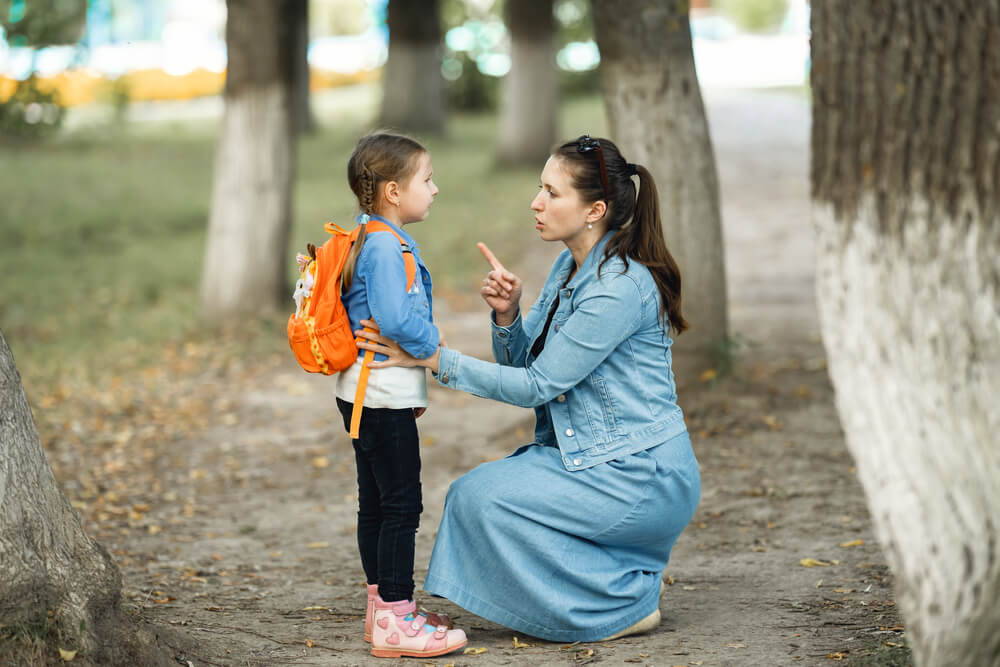
Prostock-studio/Shutterstock.com
Some children have the knowledge they need to resolve conflicts. However, it’s easy for children not to be able to fight back in an extremely tense situation.
Reasons
1. Psychologically unstable atmosphere in the family
If a parent insults and humiliates family members, the child can develop a victim’s position. When someone is aggressive, they freeze and can’t defend themselves.
A child might also have a strong-willed and self-sufficient parent who doesn’t give them the opportunity to resolve conflicts on their own.
In both cases, children can adopt an “I am weak, I can’t defend myself” attitude.
2. Parent behavior
The child may see that parents can’t defend their own rights. One sign of this, for example, is when neighbors are listening to loud music at night, and mum and dad prefer not to pay attention to it, instead of going to talk to them or calling the police.
3. Wrong parental judgment
Some parents teach their child certain harsh lessons in their childhood.
As a result, when a child is faced with physical aggression from their peers, they subconsciously fear their parents’ condemnation.
How to Help the Child?
- The child should feel that you are always there for them. Don’t scold or shout at them.
- Explain that their interests are important and that they need to know how to protect themselves.
- Develop a series of actions. For example:
- in regards to property, the child should say: “This is my toy, I haven’t finished playing with it yet. Give it back to me, please!”;
- in case of physical aggression or violence, the following phrase will help: “That hurt! If you don’t stop, I will speak to an adult about this.”
How Should Parents Behave in the Event of Conflicts Between Children?

Prostock-studio/Shutterstock.com
If a child finds themselves in a difficult situation, the first impulse of the parents will always be to help and protect them and to punish the bully.
However, if you resolve all conflicts for the child, they will remain timid, fearful, and unprepared for adulthood.
Let’s discuss how parents can assist their children.
Early Age
At this age, a child doesn’t always know how to protect themselves. Therefore, parents should protect the interests of their child and make sure that playing on the playground doesn’t turn into a fight.
Your actions in the event of a conflict:
- If your child took a toy from your child, ask the child who took it to give it back. If your child started the conflict, have them return the toy.
- If you notice that another kid is trying to initiate a fight with your child, explain to them in a calm tone that their behavior is unacceptable, and you don’t allow aggression towards your child.
- If your child is involved in a fight, separate the kids, calm them down, and bring your child home.
What should not be done:
- Defending the child’s property in an aggressive manner, by taking it away from other children.
- Screaming at the bully child and their parents.
- Standing aside when children start to fight.
Preschool-age

Prostock-studio/Shutterstock.com
The older the child, the more they learn about the world around them and the relationships between people. They also learn to resolve tense situations on their own, without the help of their parents.
Your actions in the event of a conflict:
- Try to find out about what happened not only from the child themselves but also from the teacher or other adult.
- Find out what your child thinks about the conflict. For example, how do they feel, and do they think they should have acted differently?
- Try to convince the child of the need for reconciliation with their opponent.
What should not be done:
- Threaten the offender with terrible consequences.
- Express your dissatisfaction to other adults by telling them that they did nothing to prevent conflict.
- Declare the child guilty and scold them publicly without understanding the situation.
Elementary and Middle School Age

Prostock-studio/Shutterstock.com
School or class conflicts arise for many reasons.
However, the consequences of such conflicts can be serious. If they are not resolved, a child can develop complex and serious psychological problems.
Your actions in the event of a conflict:
- Monitor your child’s physical and mental well-being.
- If a child is being bullied, get adults involved. Don’t ignore the issue.
- If your child is the aggressor, explain to them that their actions are wrong. Tell them about the consequences of such behavior.
What should not be done:
- Complaining to the teacher or director at the slightest disagreement between the child and their peers.
- Shaming the child for not being able to stand up for themselves.
Make sure your child is not bullied at school and that they have no problem communicating with their peers. Always be informed of where they are at any given time and where they were during the day, listen to what is happening around them, and get hold of them quickly with the Findmykids app.
Adolescence

Prostock-studio/Shutterstock.com
Children at this age are very sensitive to conflicts. Serious disagreements can lead to nervous breakdowns, depression, and in severe cases, provoke suicide attempts.
Your actions in the event of a conflict:
- If you suspect that your son or daughter is going through a conflict, ask them what happened. Listen to them without interrupting.
- Develop a joint plan of action to end the conflict.
- Make it clear that you are always on the side of the child and that you can protect them if they ask you to.
What should not be done:
- Point out a child’s error and lecture them. Don’t aggravate their guilt.
- Encourage the child to physically fight back. In this case, in addition to aggression, you don’t know who will get hurt.
Tips of Psychologists For Parents and Children
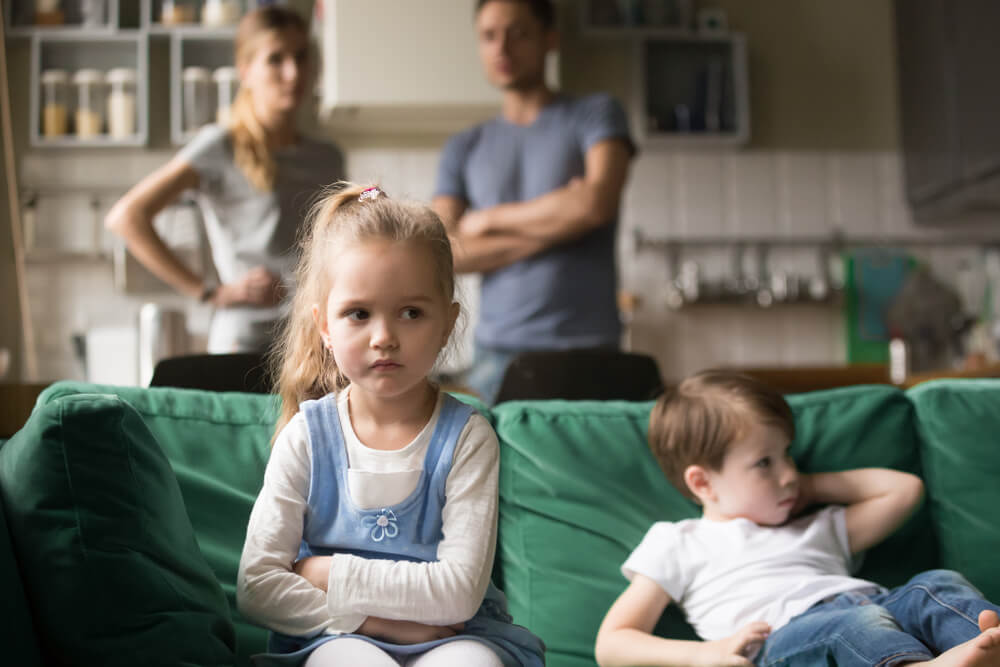
Prostock-studio/Shutterstock.com
Check out these tips to teach your child how to behave during conflict:
- Teach your child to admit and be responsible for their mistakes.
- Remember the basic rule: conflict isn’t resolved with fists. Calmness and a confident tone can discourage bullies.
- Give your child the ability to say no. Peer pressure should not make a child feel obliged to do something.
- Have your child calmly respond to ridicule and name-calling. It’s best to ignore the bully.
- Let your child know that they can always ask for help. A parent’s purpose is to support and protect.
- Conflicts and humiliation are unpleasant, but not fatal. It’s important for your child to learn how to cope with stress and negative emotions.
Conflicts are inevitable in a child’s life. Nevertheless, in order to learn how to resolve these situations correctly, using fists is not a must. It is enough to be a strong and self-confident person, who is able to defend their own opinion and not be led by the aggressors.
Проверьте электронный ящик














